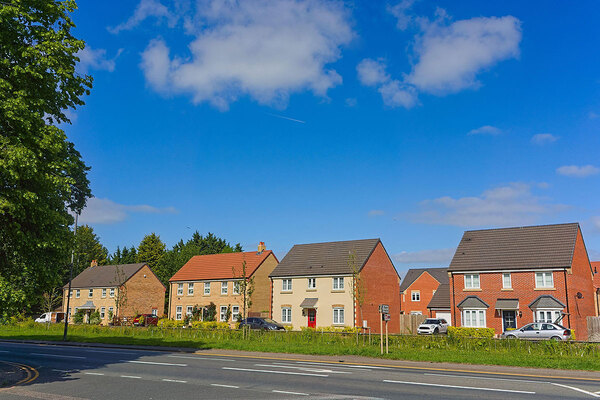Trend report: stock height and cladding remediation
Joe Malivoire rounds up the latest data on social housing stock height and cladding remediation from the English regulator and government

Around five per cent of housing association homes in England are in blocks of more than six storeys, data from the Regulator of Social Housing (RSH) shows.
The data from the RSH’s latest Statistical Data Return shows that 104,389 general needs homes and 13,876 affordable rent homes are in high-rise blocks.
The English regulator began publishing data on stock height – the number of bungalows, flats in blocks under six storeys and flats in blocks over six storeys – in 2020.
The issue of tall buildings came to prominence after the Grenfell Tower fire in 2017. A primary cause of the fire spread was the aluminium composite material cladding on the outside of the building and there was controversy over the tower’s evacuation strategy.
Data from the Department for Levelling Up, Housing and Communities (DLUHC) shows that about 11,800 high-rise flats in England owned by registered providers are in 160 blocks that have ACM cladding. However, cladding has been removed from all but one of those blocks and work had begun on the final building when the data was collected on 28 February 2023. The DLUHC data defined high-rise as blocks of at least seven storeys.
There are also a total of 2,398,225 homes in buildings under six storeys including houses and bungalows, according to the RSH data for the 2022 financial year.
Of the 160 housing association high rises that had ACM cladding, 75 per cent (120) have completed remediation work, including sign-off from building work. A further 39 buildings are in the fire remediation process, including 21 buildings with cladding removed but other work ongoing and 18 buildings having completed work but awaiting sign-off. This leaves just one building in the sector where ACM cladding remains, but remediation has begun.
The private sector, in comparison, has completed or started remediation of 91 per cent of the 233 high-rise buildings found to contain ACM cladding, with 85 per cent having had the material removed.
However, these figures relate to buildings 18 metres or taller; there are many medium-rise buildings (between 11 and 18 metres tall) that still have ACM cladding.
With this in mind, DLUHC has issued a developers’ remediation contract requiring developers to remediate or fund the remediation of “life-critical” fire safety works on buildings taller than 11 metres developed in the past 30 years. The 13 March deadline to sign the contract has passed and, as of 2 May, 47 of the 50 eligible developers had agreed – with those that fail to sign set to face “significant consequences”, government has said.
The majority of high-rise buildings yet to be fully remediated are concentrated in Greater London and Manchester.
Click on the button below to download data tables for ‘Trend report: stock height and cladding remediation’*.
*This feature is only available to Social Housing Data subscribers.
Sign up for Social Housing’s data analysis newsletter
New to Social Housing? Click here to register and sign up for our data analysis newsletter
The data analysis newsletter is a twice-monthly round-up of Social Housing’s leading data analysis, keeping you up to speed on key trends and pointing you to all the data you need on financial and operating performance in the sector and beyond.
Already have an account? Click here to manage your newsletters.
RELATED







